When you’re injured in a pedestrian accident, you’re left dealing with more than just physical pain. It's the stress of medical bills piling up, the frustration of lost wages, and the anxiety about how you'll manage in the days ahead. You might be wondering whether you need a pedestrian accident attorney to help with your case. The answer is yes. Talking to a personal injury lawyer could be the pivotal step that helps you take back control of your life.
You were simply crossing the street, maybe on your way to work, meeting a friend, or just taking a walk on a nice day. In a flash, everything changed. A driver wasn’t paying attention, and now you’re left dealing with injuries you never expected and facing doctors, therapy appointments, and a mountain of questions about what happens next. It’s natural to feel overwhelmed, uncertain, and even angry. But you don't have to face this alone.
At O'Connor Acciani & Levy, we know the stakes are high, and we have the resources, experience, and commitment to lift the legal burden off your shoulders so you can focus on healing. Our mission is to help accident victims throughout Ohio and Kentucky regain stability, reclaim their futures, and hold the responsible parties accountable. If you’ve been injured in a pedestrian accident, our pedestrian accident lawyers are here to fight for you every step of the way.
Schedule Your Free Consultation
What Is a Pedestrian Accident?
A pedestrian accident happens when a person on foot is struck by a motor vehicle, bicycle, or other moving object. These accidents often occur in crosswalks, intersections, parking lots, and even sidewalks.
In Ohio and Kentucky, bustling urban areas such as Cincinnati, Cleveland, Columbus, and Louisville are common hotspots for pedestrian accidents. Similarly, rural areas with limited lighting and high-speed roads can also pose significant risks.
Pedestrian accidents are distinct from other types of traffic collisions because of the sheer vulnerability of those involved. Pedestrians have no protection against the impact of a vehicle, leading to severe and sometimes life-altering injuries.
Where Do Pedestrian Accidents Happen Most Often?
Personal injury lawyers who are familiar with handling pedestrian injury claims have identified common locations where these incidents are likely to occur. Some of the dangerous places we see in our cases include:
- Urban Intersections: Crowded intersections in cities like Columbus and Louisville are frequent locations for pedestrian accidents. Drivers may fail to yield or rush through red lights.
- Crosswalks and Sidewalks: Even marked crosswalks are not always safe. Distracted drivers may strike pedestrians in areas like downtown Cincinnati or Lexington.
- School Zones and Residential Areas: Drivers ignoring speed limits in these areas can cause devastating accidents, particularly to children.
- Rural Roads: Many parts of Kentucky and Ohio have poorly lit, high-speed rural roads with no sidewalks, making them hazardous for pedestrians.
Types of Injuries in Pedestrian Accidents
Pedestrian accidents are among the most devastating types of traffic incidents because pedestrians are entirely unprotected against the immense force of a moving vehicle. Unlike occupants in cars, who have seatbelts, airbags, and a sturdy frame to absorb impact, pedestrians face a direct hit—often with life-altering consequences.
The physical, emotional, and financial toll can be overwhelming for victims and their families. The types of injuries that can occur illustrate just how catastrophic these accidents can be.
Traumatic Brain Injuries (TBI)
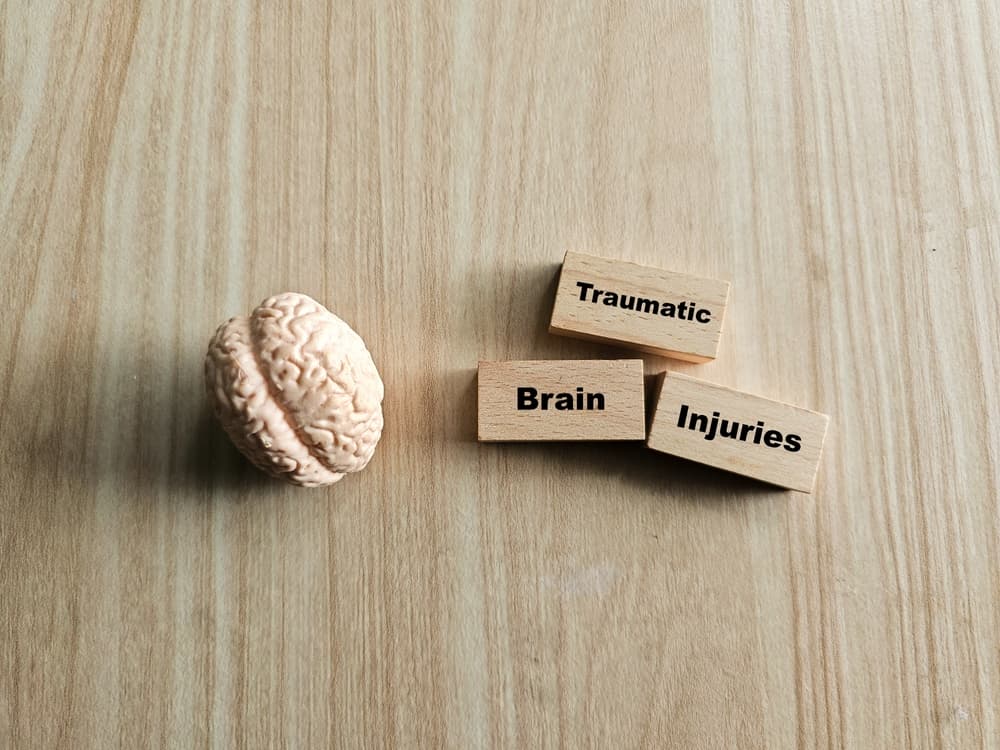
A traumatic brain injury can turn someone’s life upside down. A simple walk across the street can end with a victim facing long-term or permanent impacts on their memory, cognitive abilities, and motor functions.
TBIs often require intensive rehabilitation, and even then, full recovery may be elusive. The emotional toll of adapting to a new reality is heavy for both the injured and their loved ones, impacting every aspect of their daily lives.
Spinal Cord Injuries
Damage to the spinal cord is one of the most serious outcomes of a pedestrian accident, often resulting in partial or complete paralysis. In a moment, a person may lose the ability to walk, work, or even live independently.
This kind of injury requires not only extensive medical intervention but also significant lifestyle changes that can be deeply challenging. Chronic pain, loss of mobility, and the need for lifelong care can put immense strain on victims and their families.
Broken Bones
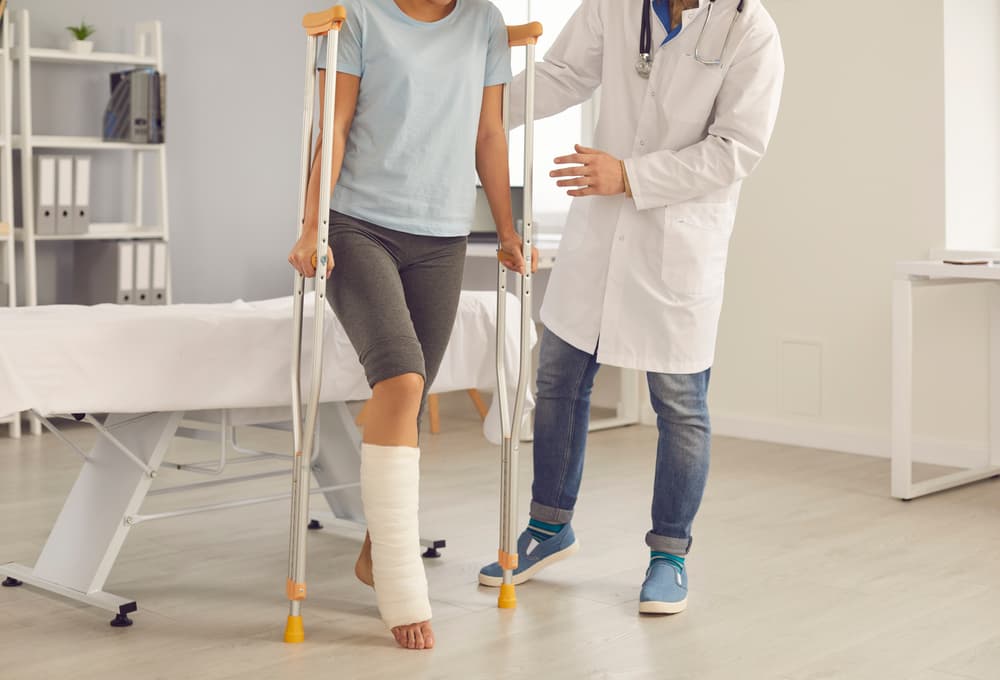
Pedestrian accidents frequently result in multiple fractures, often involving the legs, arms, ribs, or pelvis. These injuries are not just physically painful but can also necessitate multiple surgeries, prolonged hospital stays, and months of physical therapy.
A broken leg or pelvis can limit mobility, making it difficult to return to work or take care of personal responsibilities, while the financial impact of lost income and rising medical bills adds further stress.
Internal Injuries
The blunt force trauma from being struck by a vehicle often leads to internal injuries, which can be life-threatening if not treated immediately. Injuries to the liver, kidneys, spleen, or lungs can require emergency surgery and may lead to long-term health complications.
These invisible injuries can be especially frightening, as their symptoms may not always be immediately apparent, putting victims at risk of worsening conditions without proper medical care.
Wrongful Death
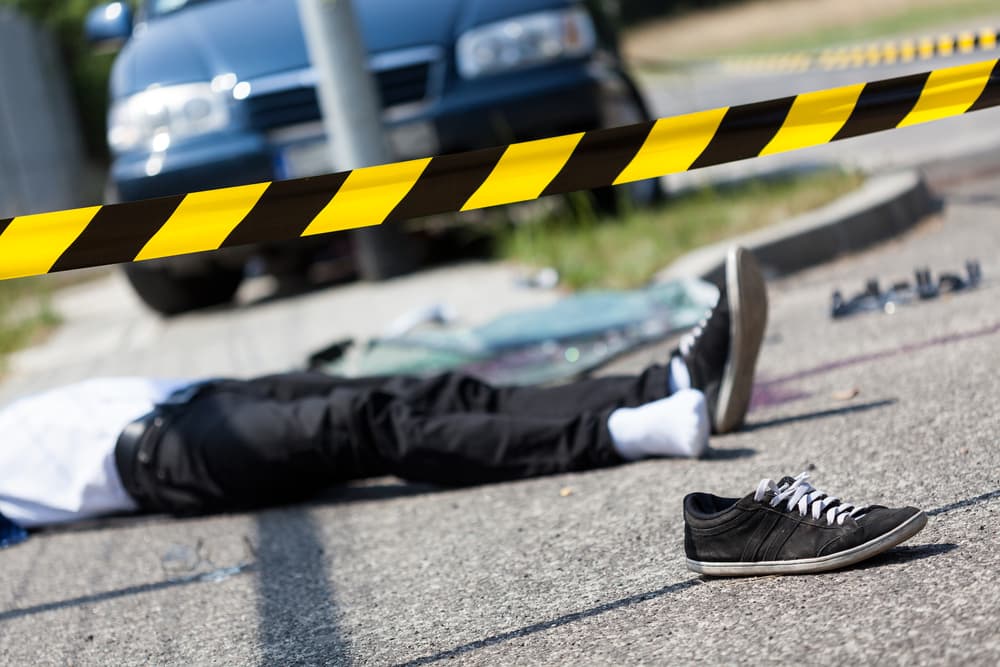
Tragically, many pedestrian accidents result in fatalities. The sudden loss of a loved one in such a violent manner is an unimaginable shock for families. The emotional pain of losing a spouse, child, or parent is compounded by the financial strain that often follows.
Families are left with unanswered questions, devastated by the circumstances of a death that could have been prevented. Seeking justice through a wrongful death claim is often the only way to gain a sense of closure and hold negligent parties accountable.
Pedestrian accidents are inherently more catastrophic than other types of traffic incidents due to the vulnerability of those involved. The human body is simply no match for the force of a speeding car, and the injuries that result are often devastating.
At O'Connor Acciani & Levy, we understand the challenges victims and their families face as they navigate through recovery. We are here to provide support, answer questions, and fight for compensation to rebuild your life after such a traumatic experience. You don't have to go through this alone; let us help shoulder the burden.
Compensation Available for Pedestrian Accident Injuries
The injuries you sustain may leave you facing not only extensive medical treatments but also the fear of how to financially sustain yourself and your family through recovery. At O'Connor Acciani & Levy, we understand that no amount of compensation can erase the pain and trauma you have experienced, but holding those responsible accountable can provide you with the means to rebuild your life.
If you’ve been injured or lost a loved one in a pedestrian accident, you may be entitled to several types of compensation, each designed to address different aspects of the harm you have endured.
Economic Damages
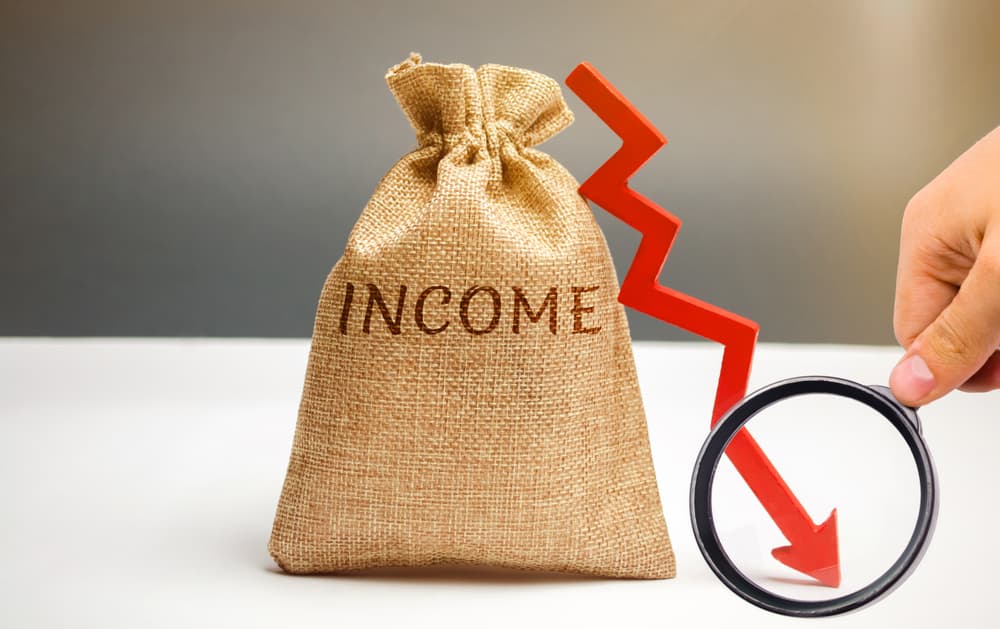
Economic damages are intended to cover the measurable, tangible losses you’ve suffered because of the accident. These include:
- Medical Expenses: Pedestrian accidents often result in severe injuries that require substantial medical treatment. Economic damages may include past and future medical costs such as:
- Hospital stays
- Surgeries
- Emergency room visits
- Prescription medications
- Physical therapy and rehabilitation
- Assistive devices (e.g., wheelchairs, crutches)
For many, the mounting medical bills are a source of immense anxiety. Compensation for these expenses helps ensure that you have access to the care you need without facing financial ruin.
- Lost Wages: Injuries sustained in a pedestrian accident may prevent you from returning to work, either temporarily or permanently. Compensation for lost wages includes:
- Past Lost Income: Reimbursement for wages lost during recovery.
- Loss of Earning Capacity: If your injuries prevent you from resuming your previous job or reduce your ability to work in the future, you may be entitled to compensation for the difference in your future earning potential.
The inability to earn a living and provide for your family can be one of the most difficult aspects of recovery, especially if you were the primary breadwinner. Compensation for lost income aims to alleviate this burden, offering a lifeline when it’s needed most.
Non-Economic Damages
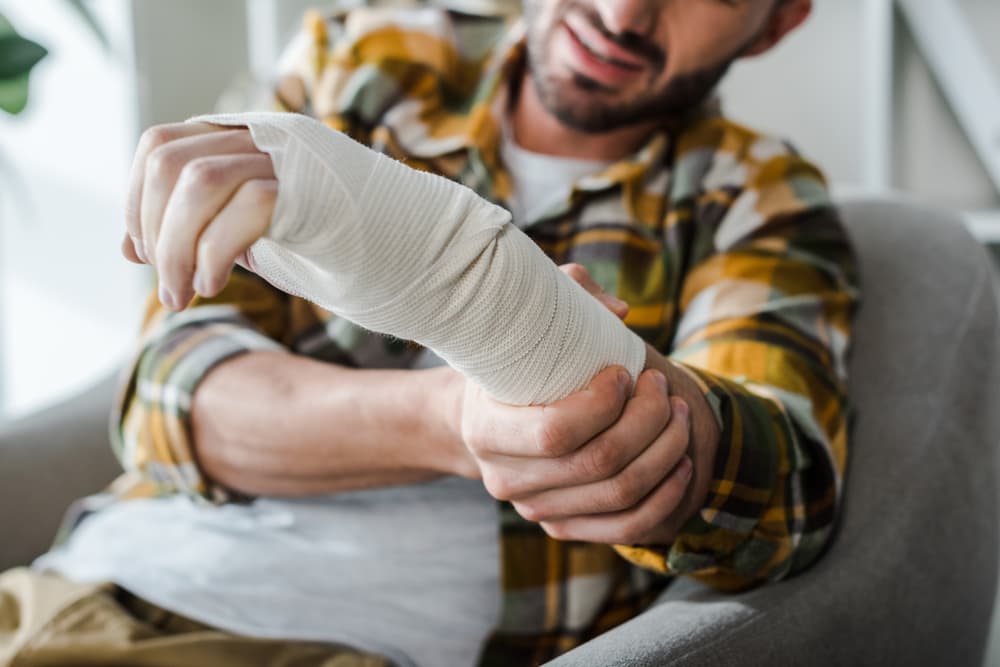
Non-economic damages compensate for losses that cannot be easily measured in financial terms. These damages recognize the emotional and psychological harm that results from an accident:
- Pain and Suffering: The emotional trauma of coping with your injuries, facing a long recovery, or losing the ability to engage in activities you once enjoyed is significant. Non-economic damages for pain and suffering provide financial recognition of the profound impact your injuries have had on your quality of life.
- Emotional Distress and Mental Anguish: Pedestrian accidents can lead to conditions like anxiety, depression, or post-traumatic stress disorder (PTSD). Compensation for emotional distress addresses the invisible scars that can linger long after the physical wounds have healed.
- Loss of Enjoyment of Life: If your injuries prevent you from participating in hobbies, family activities, or other aspects of life that you once loved, you may be eligible for compensation for loss of enjoyment of life. Whether it’s playing with your children, pursuing a passion, or even completing daily tasks independently, losing these abilities can drastically alter your sense of identity and well-being.
Wrongful Death Damages
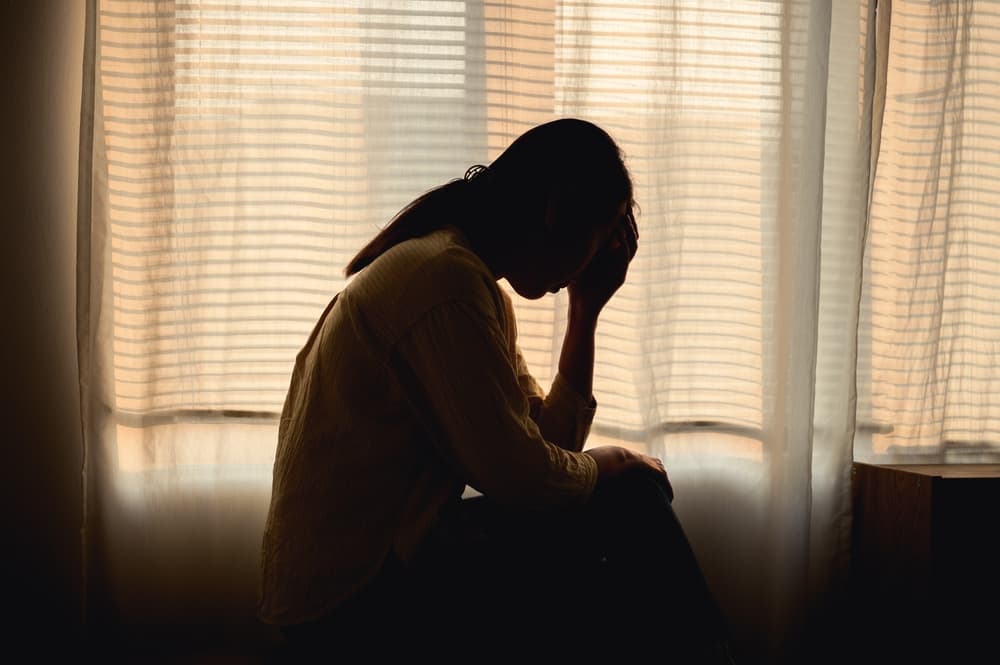
The most tragic outcome of a pedestrian accident is the loss of a loved one. Wrongful death damages seek to ease the financial burden on the surviving family members as they deal with their grief:
- Funeral and Burial Costs: The sudden loss of a loved one often leaves families facing unexpected expenses, such as funeral and burial costs. Compensation can help cover these expenses, providing a sense of relief during an otherwise unbearable time.
- Loss of Companionship and Consortium: No amount of money can truly make up for the loss of a loved one, but wrongful death damages acknowledge the irreplaceable loss of companionship, affection, and emotional support. For spouses, this may include the loss of a partner’s love and comfort. For children, it represents the devastating absence of parental guidance and support.
- Loss of Financial Support: If your loved one was a primary income earner, their sudden passing can create financial instability for your family. Compensation for lost financial support aims to mitigate the financial impact of their absence, helping cover daily expenses and ensuring your family’s future is secure.
Pedestrian accidents have the potential to cause profound physical, emotional, and financial harm. The compensation for these accidents is meant to provide a foundation for recovery and offer a sense of justice, no matter how overwhelming it may feel.
At O'Connor Acciani & Levy, our compassionate and experienced pedestrian accident attorneys work tirelessly to ensure that every aspect of your suffering is recognized and every avenue for recovery is pursued. We are here to take the burden off your shoulders so you can focus on what matters most—healing.
Who May Be at Fault in a Pedestrian Accident Case?
Determining fault in a pedestrian accident may involve multiple parties who may bear responsibility for the injuries suffered. Liability can depend on a variety of factors, and the specific laws that govern negligence in Ohio and Kentucky. In many cases, pedestrian accidents involve more than just the pedestrian and a driver—various individuals or entities may contribute to the cause of the accident.
Potentially Liable Parties
- Drivers: Drivers are often the most common party at fault in pedestrian accidents. Negligent behaviors such as distracted driving, speeding, failing to yield to pedestrians, or driving under the influence are major contributors to these collisions.
- Municipalities: Local governments may be liable if poor road maintenance, malfunctioning traffic signals, or inadequate crosswalks played a role in the accident. For instance, the municipality may bear part of the blame if a pedestrian was hit in a poorly lit area with no marked crosswalk.
- Bicyclists: Cyclists who fail to observe traffic rules or ride recklessly can also be liable for accidents involving pedestrians. This may occur if a cyclist runs a red light or rides on the sidewalk without regard for pedestrians.
- Employers: If a commercial driver strikes a pedestrian while performing work-related duties, the driver’s employer may also be held responsible. Employers are generally liable for their employee's actions when those actions are performed within the scope of their job.
- Manufacturers and Vehicle Owners: In rare cases, manufacturers of vehicles or parts may be liable if a defect contributed to the accident, such as faulty brakes. Similarly, the owner of a vehicle may be held liable if they knowingly allowed an unfit driver to operate it.
Negligence Laws in Ohio and Kentucky
Liability depends on the circumstances of the accident. In Ohio and Kentucky, negligence laws play a significant role in determining fault:
- Comparative Negligence: Ohio follows a modified comparative negligence rule, meaning you can recover compensation as long as you are less than 51% at fault for the accident. Kentucky uses pure comparative negligence, so you can recover compensation even if you are partially at fault, although your percentage of fault may reduce your recovery.
- Negligence Per Se: A driver who violates traffic laws (such as running a red light) may be automatically considered negligent.
- Third-Party Negligence: Employers, municipalities, or even manufacturers of defective vehicles or equipment may bear responsibility.
How a Lawyer Works to Prove Negligence
Proving negligence is a critical component of pursuing compensation after a pedestrian accident. Lawyers at O'Connor Acciani & Levy use several strategies to establish that another party was responsible for your injuries. Here’s how they work to prove negligence:
Establishing Duty of Care
The first step in proving negligence is showing that the defendant owed you a duty of care. In a pedestrian accident, drivers have an obligation to operate their vehicles safely and responsibly, ensuring they don’t put pedestrians at risk. This duty of care includes obeying speed limits, yielding to pedestrians, and paying attention to their surroundings.
Proving Breach of Duty
Next, a lawyer must demonstrate that the driver or another responsible party breached this duty of care. Evidence might include traffic violations such as speeding, running a red light, texting while driving, or failing to yield in a crosswalk. Lawyers gather police reports, witness testimonies, surveillance footage, and sometimes even expert accident reconstructions to establish that the duty of care was breached.
Causation
Lawyers must prove that the breach of duty directly caused your injuries. For example, if a driver ran a red light and struck you while you were legally crossing the street, that action would be the direct cause of your injuries. Medical records, eyewitness accounts, and expert testimonies are often used to link the defendant’s actions and the injuries sustained.
Demonstrating Damages
Finally, to successfully prove negligence, a lawyer must show that you suffered damages as a result of the accident. Damages can include medical bills, lost wages, pain and suffering, and other economic or non-economic losses. Detailed documentation of your injuries, treatment, and the impact on your quality of life helps demonstrate the extent of these damages.
Collecting and Preserving Evidence
Building a strong negligence case requires thorough evidence collection:
- Accident Scene Investigation: Lawyers may visit the accident scene to photograph road conditions, gather physical evidence, and note any contributing factors like poorly placed signage or malfunctioning traffic lights.
- Witness Interviews: Lawyers interview witnesses to understand exactly what happened from multiple perspectives, providing an objective view of the events leading to the accident.
- Expert Witness Testimonies: In complex cases, accident reconstruction experts, medical professionals, or vehicle safety engineers may be consulted to clarify details about how the accident occurred and who is liable.
Negotiation: Seeking Fair Settlements
The majority of pedestrian accident cases are resolved through negotiations with insurance companies. However, insurers are often more interested in minimizing payouts than ensuring you receive the full compensation you need. Working with an experienced pedestrian accident lawyer shows the insurance company that your claim is solid and not to be underestimated.
Insurance adjusters are skilled at using tactics to undervalue claims, whether by offering a low settlement or trying to shift blame onto the victim. Your lawyer will handle all communication, making sure you’re not pressured into accepting an offer that doesn’t cover your needs. They will negotiate tirelessly to reach a fair settlement that addresses both your current expenses and future needs, such as ongoing medical treatment and loss of earning potential.
Litigation: When Negotiations Fall Short
While many cases settle before going to court, sometimes litigation becomes necessary to secure the compensation you deserve. If the insurance company refuses to offer a fair settlement, your lawyer won’t hesitate to take your case to trial. Here’s what happens during litigation:
- Filing a Lawsuit: If negotiations do not yield a satisfactory outcome, your lawyer will file a formal personal injury lawsuit against the responsible parties. This step shows the insurance company that you are serious about your claim and willing to pursue legal action to protect your rights.
- Building a Compelling Case: During the litigation process, your lawyer will continue to gather and refine evidence to present a compelling case that shows not only how the accident happened but how it has affected your life and why you deserve compensation.
- Court Representation: Having a skilled and experienced trial lawyer by your side is crucial if your case goes to trial. They will present your case before a judge or jury, counter the defense’s arguments, and advocate tirelessly for your best interests.
Leveraging Legal Knowledge of Ohio and Kentucky Laws
Understanding the nuances of Ohio and Kentucky negligence laws is essential in proving fault. Lawyers at O'Connor Acciani & Levy are well-versed in local statutes, including how comparative negligence impacts recovery. They navigate the intricate legal landscape to ensure you are not unfairly blamed and receive the compensation you deserve.
The Statute of Limitations in Ohio and Kentucky
Acting quickly after a pedestrian accident is vital due to the statute of limitations:
- Ohio: You have two years from the date of the accident to file a personal injury or wrongful death claim.
- Kentucky: Personal injury claims must also be filed within two years. In wrongful death cases, the clock starts from the date of death.
Failing to file within these timeframes can result in losing your right to pursue compensation.
Contact O'Connor Acciani & Levy Today
At O'Connor Acciani & Levy, we understand how overwhelming life can be after a pedestrian accident. Our personal injury law firm has a proven record of helping clients throughout Ohio and Kentucky secure fair compensation. With extensive resources, a compassionate approach, and a relentless commitment to justice, we are here to support you every step of the way.
If you’ve been injured in a pedestrian accident, don’t wait to seek legal help. The attorneys at O'Connor Acciani & Levy are ready to answer your questions, protect your rights, and pursue the compensation you deserve. Contact us today for a free consultation. Let us shoulder the burden while you focus on healing.
Call our main office in Cincinnati at 513-224-5461, our Columbus office at 614-545-5162, or contact us online.